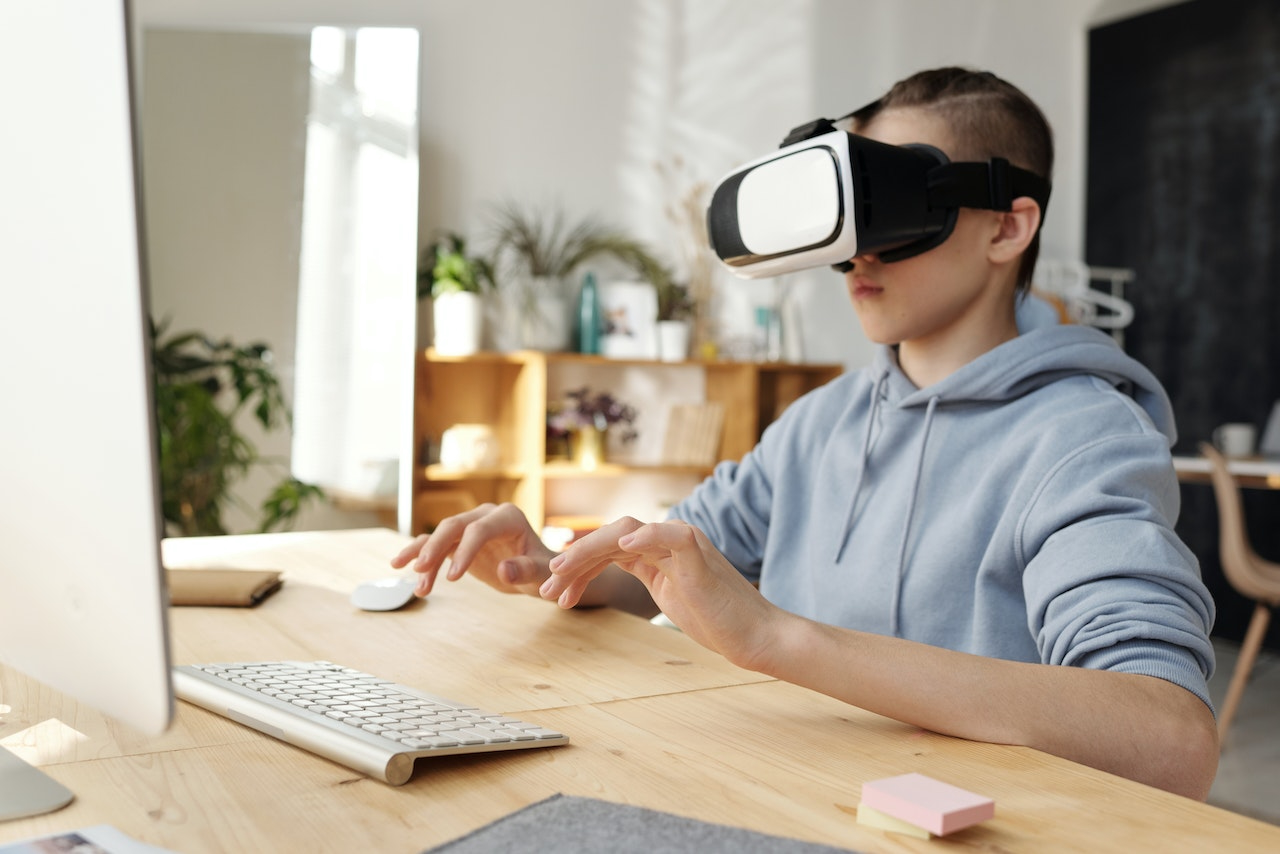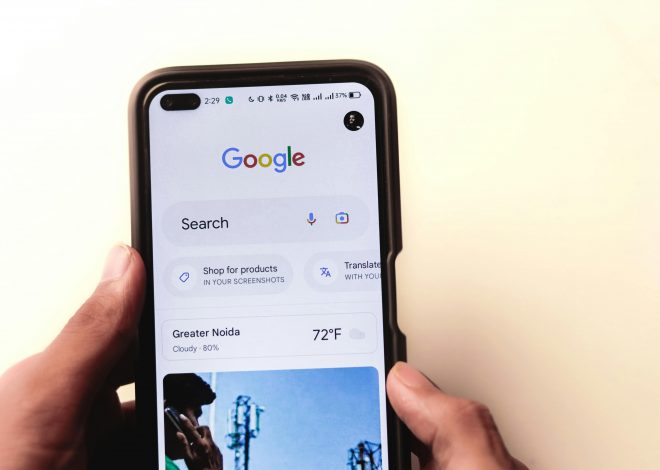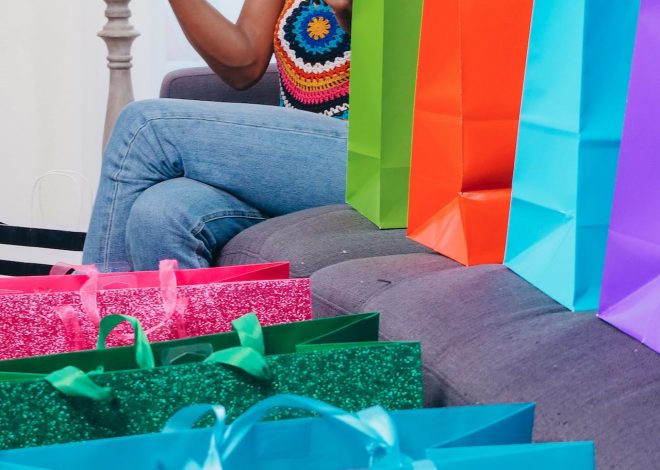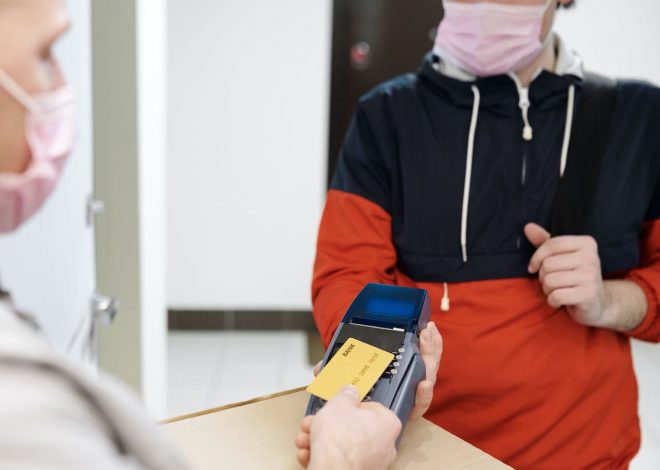
Utilizing Augmented and Virtual Reality to Elevate E-Commerce Shopping Experiences
Augmented reality (AR) and virtual reality (VR) are poised to revolutionise the way we shop, in a new era of consumer engagement. This new technology enables personalized, immersive and informative shopping experiences to the consumer. So now we will examine the use of AR and VR in retail and explore that how they enhance the overall shopping experience.
Augmented Reality (AR) for advanced shopping era:
AR seamlessly integrates digital elements into the physical world to create a mixed reality experience that combines the physical and virtual world. This transformative technology requires a variety of applications to improve the shopping experience such as,
Virtual try-ons:
AR enables realistic tasting experiences, allowing consumers to imagine how products will look like. For an example, by using an AR app, a customer can actually try on a pair of sunglasses, and gain insight into how it looks on their face. The feature is readily available on a number of retail apps and websites too, and is expected to gain increasing adoption as technology improves.
Illustrations:
AR brings visualisation of interactive products to life by giving consumers new ways to explore and interact with products. e.g. an AR app can display a 3D models of an object, allowing users to rotate it, zoom in and out, and explore colour options etc.
Store transportation:
AR helps guide customers through the virtual store by providing directions and information overlays in a real-world environment. Virtual arrows and directions guide shoppers to specific items, enhancing the in-store experience with an AR application.
Virtual Showrooms:
V.R. can be leveraged to create virtual showrooms, where customers interact with products in a virtual environment, providing a more engaging and interactive experience as compared to the traditional product photos.
As AR and VR technologies evolve and become more accessible, as we expect that these technologies to be incorporated into the retail spaces more and more. The potential to transform the shopping experience through virtual trials, interactive product visualizations, brand narratives, and virtual showrooms is immense Retailers can embrace AR and VR as essential components of the future shopping journey , bringing customers with enhanced and dynamic offerings of the products they love to networks.




